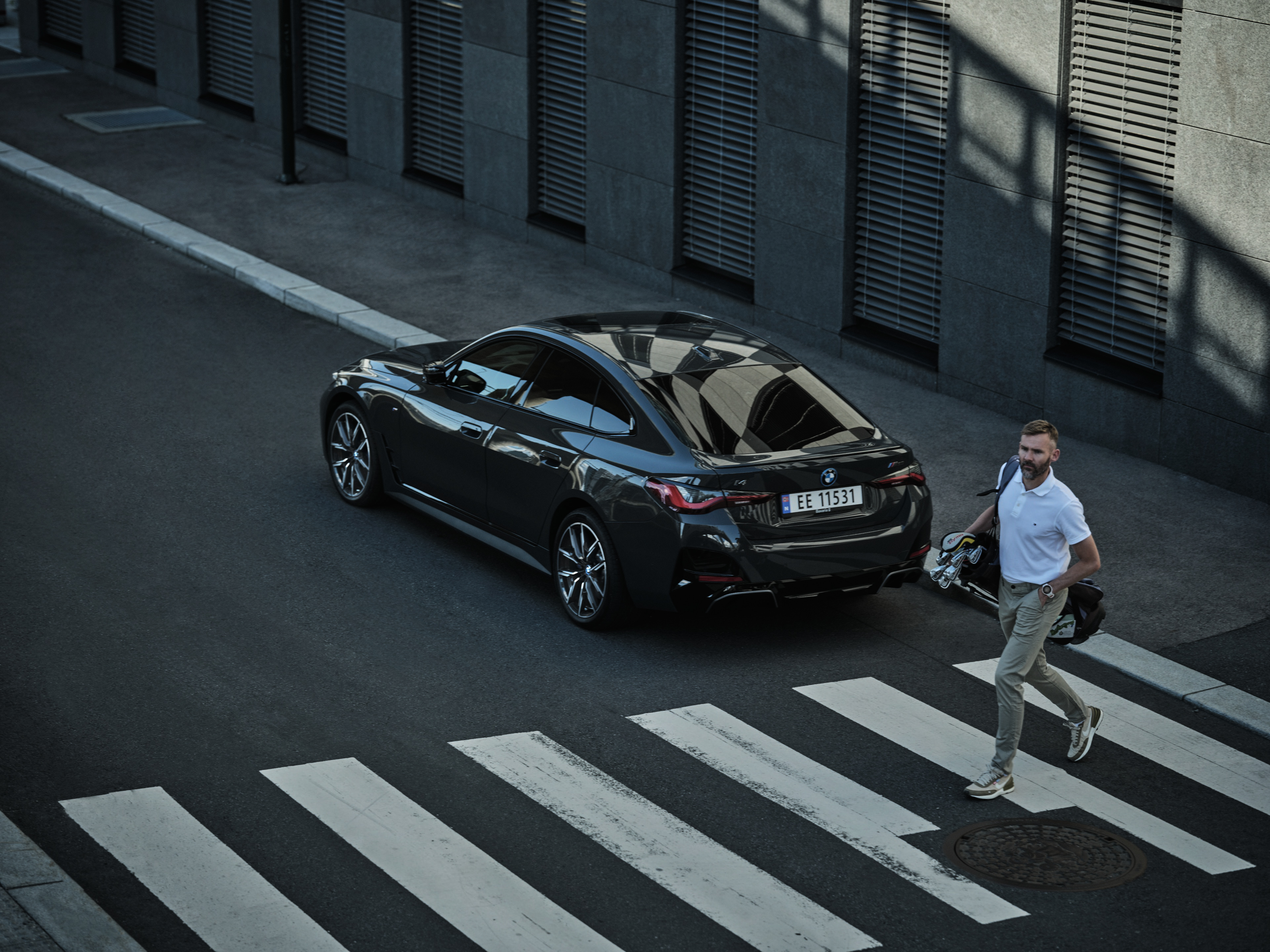The landscape of mobility is undergoing a seismic shift, with innovation reshaping customer experiences and business models alike. At the recent Mobility and Experience Forum hosted by J.P. Morgan in Frankfurt, Germany, industry leaders converged to dissect these changes and chart a course for the future.
Among them was Hans Kristian Aas, CEO and co-founder of Casi, a pioneering mobility-as-a-service company. Drawing from his extensive expertise, Hans Kristian shared insights into the trajectory of the automotive industry and offered guidance for navigating this dynamic terrain.
Anticipating Customer Experience Transformations
When asked about the imminent changes in customer experience over the next five years, Hans Kristian underscored the profound evolution already underway. Reflecting on Casi's inception in 2018, he recalled a brainstorming session where they envisioned trends such as increased electrification, digitalization, and a shift from ownership to usership. Today, these predictions have gone from post-its to reality, reshaping the industry's landscape.
Change is occurring due to the impacts of the COVID-19 pandemic, supply chain disruptions, and market dynamics, and amidst this evolution, several thriving trends are sculpting the future:
- Shift from Ownership to Usership: A transition from ownership to usership is underway, and concepts like car subscription and flexible leasing are growing in popularity. Accenture forecasts ownership share to decrease from 44% today to 28% in 2040 and Hans Kristian theorized that as autonomous vehicles become a reality, even less ownership will be likely. Currently, there is a “relevance gap” where, according to Accenture, 62% of customers state their interest in flexible usership models, as only 7% actually choose it. The race is on to close this relevance gap by providing better services and improved product-market fit.
- Asset Strategy Evolution: Mature markets will witness a decline in vehicle production as asset strategies embrace multiple cycles of the asset to extend vehicle lifespans. Leading fleet owners have now maintained control over the asset and placed the vehicle in various business models over the course of many years. New car sales will also be reduced due to environmental reasons, further forcing players to think of "car as a service" and a multi-cycle lifetime for vehicles, expanding from 3 years to 10 years.
- Electrification Rise: The inevitable march toward electrification will render fossil fuels obsolete, reshaping consumer preferences. Hans Kristian and Casi are both from Norway, where the nation has witnessed a version of the future where EV adoption has been successful, giving them invaluable insight into how the market shifts as EVs are adopted. With electrification, distribution models change, consumers have less brand loyalty, margins are cut in half, and traditional dealers are challenged to shift toward used cars and ecosystem services. This may not be the only version of an EV future, but the experience has given Casi a competitive advantage as they scaled into Europe.
- Digital E-commerce Dominance: The automotive industry will follow broader business trends and gravitate toward digital e-commerce platforms for transactions. Consumers expect a smooth digital experience and are accustomed to acquiring mobility from their smartphones. Future revenue growth in automotive is expected to come from digital concepts and ecosystem revenues. Current automotive revenue from buying and leasing will be stable, but new digital concepts and ecosystem revenues will represent a 50% growth opportunity by 2040. That doesn’t mean physical sales will be obsolete, but combining the two will give OEMs and dealerships the tools to meet various customer needs and expand their business portfolio.
Guidance for OEMs Exploring New Business Models
In response to questions about the adoption of alternative business models beyond traditional car ownership, Hans Kristian outlined actionable advice for OEMs venturing into uncharted territory:
Embrace Competitive Advantages: Successful players leverage their inherent strengths, whether it's attractive sourcing of cars at scale, their close collaboration with partners such as banks, or their ability to bundle different business models to stay ahead of the competition.
Avoid Playing Defense: New business models are a positive opportunity. Instead of fearing change, adopt an offensive stance, seizing opportunities for innovation and growth by utilizing your existing business strengths to your advantage. For example, digital sales can be combined with physical sales in order to increase customer loyalty and satisfaction.
Leverage Partnership Ecosystems: The complexity of new endeavors requires collaboration. OEMs should avoid attempting to tackle every aspect of the value chain alone and instead forge strategic alliances to complement their capabilities. Don’t waste your competitive edge by trying to do everything yourself. There are too many new variables: different financing, distribution, digital e-commerce marketing, direct-to-customer interactions, fleet operations, and building technology. Instead, partner up!
Charting a Course Forward
As the automotive industry hurtles toward an uncertain yet promising future, the insights shared at Mobex 2024 offered a beacon of guidance for stakeholders navigating this transformative landscape. Embracing change, fostering innovation, and cultivating strategic partnerships will be instrumental in shaping a future where mobility becomes a hassle-free and personalized experience for all.
Thanks to J.P. Morgan for hosting a fantastic forum and gathering leaders with a keen eye on emerging mobility trends. It’s evident that the journey ahead holds endless opportunities for those bold enough to embrace them.

.avif)











.avif)




.png)







